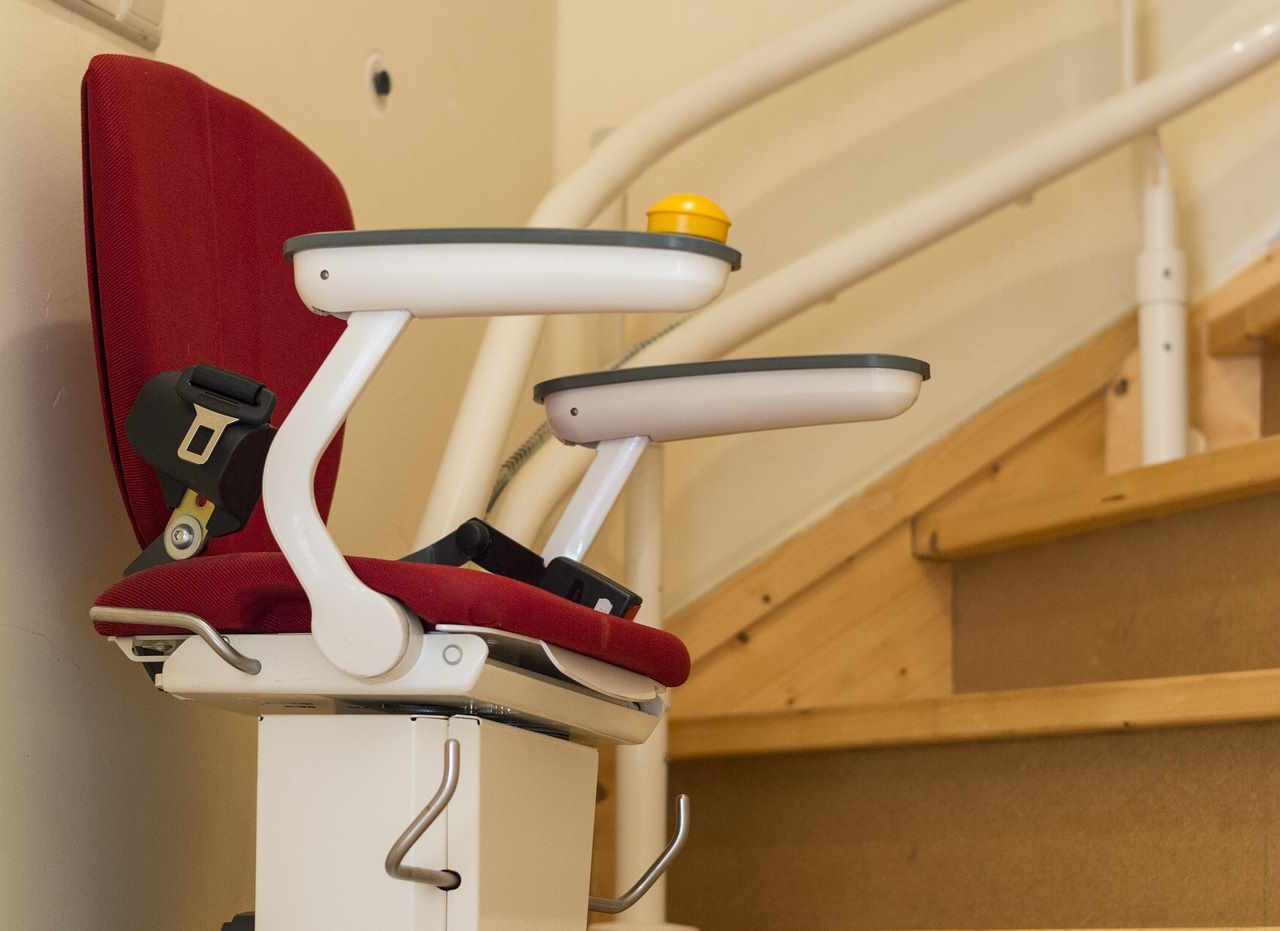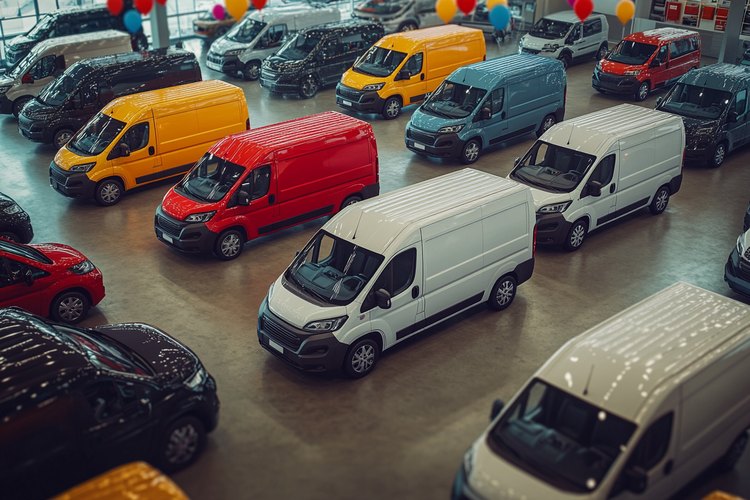Stair Lifts: Complete Guide to Home Mobility Solutions
Stair lifts have revolutionized home accessibility for millions of people worldwide, providing a safe and reliable way to navigate stairs for those with mobility challenges. Whether you're dealing with age-related mobility issues, recovering from surgery, or managing a permanent disability, a motorized stair lift can restore independence and confidence in your own home while eliminating the risk of dangerous falls on staircases.

What Is a Stair Lift and How Does It Work?
A stair lift is a mechanical device designed to transport individuals up and down staircases safely and comfortably. The system consists of a motorized chair or platform that moves along a rail track installed directly onto the staircase steps or wall. Modern stair lifts operate on rechargeable battery systems, ensuring functionality even during power outages.
The user simply sits in the chair, secures the safety belt, and uses intuitive controls to glide smoothly between floors. Advanced safety features include sensors that detect obstacles, automatic stopping mechanisms, and emergency stop buttons. Most models can support weights between 250-400 pounds and travel at speeds of approximately 15 feet per minute.
Benefits of Stair Lift Installation for Your Home
Installing a stair lift offers numerous advantages beyond basic mobility assistance. The primary benefit is fall prevention, as stair-related accidents account for thousands of injuries annually among older adults. A motorized stair lift eliminates this risk entirely while allowing users to access all levels of their homes independently.
Additional benefits include reduced strain on family caregivers, the ability to age in place rather than relocate, and increased property value. Many users report improved mental health and reduced anxiety about navigating stairs. The installation also provides peace of mind for family members who worry about their loved one’s safety. Unlike major home renovations like elevator installations, stair lifts require minimal structural modifications and can typically be installed within a few hours.
Types of Stair Lift Systems Available
Several types of stair lift systems cater to different staircase configurations and user needs. Straight stair lifts are the most common and cost-effective option, designed for staircases without curves, landings, or turns. These systems use a single straight rail and are typically the quickest to install.
Curved stair lifts accommodate staircases with bends, turns, or intermediate landings. Each curved system requires custom manufacturing to match the exact specifications of the staircase, making them more expensive but essential for complex stair configurations. Outdoor stair lifts feature weather-resistant materials and components designed to withstand temperature fluctuations and moisture.
Standing platform lifts serve users who have difficulty sitting or bending their knees, while heavy-duty models accommodate users up to 500 pounds. Some manufacturers also offer rental options for temporary needs, such as post-surgery recovery periods.
Motorized Stair Lift Installation Process
Professional motorized stair lift installation typically begins with a comprehensive home assessment to determine the appropriate system type and measurements. Certified technicians evaluate the staircase structure, electrical requirements, and any potential obstacles or modifications needed.
The installation process involves securing the rail system to the staircase using brackets attached directly to the steps, not the wall, preserving structural integrity. Most installations require no major electrical work, as the systems plug into standard outlets for battery charging. The entire process usually takes 2-4 hours for straight staircases and up to a full day for curved installations.
Following installation, technicians provide thorough training on operation, safety features, and basic maintenance. Regular service appointments ensure optimal performance and longevity of the system.
Stair Lift Costs and Popular Providers
Understanding stair lift pricing helps families make informed decisions about this important mobility investment. Costs vary significantly based on staircase type, features, and installation requirements.
| Stair Lift Type | Provider Examples | Cost Estimation |
|---|---|---|
| Straight Stair Lift | Stannah, Bruno, Harmar | $3,000 - $5,000 |
| Curved Stair Lift | Acorn, Sterling, AmeriGlide | $8,000 - $15,000 |
| Outdoor Stair Lift | Bruno Elite Outdoor, Harmar Pinnacle | $4,000 - $7,000 |
| Heavy-Duty Models | Bruno Elite, Stannah 420 | $4,500 - $6,500 |
| Rental Options (Monthly) | Various Local Providers | $300 - $500 |
Prices, rates, or cost estimates mentioned in this article are based on the latest available information but may change over time. Independent research is advised before making financial decisions.
Maintenance and Safety Considerations
Proper maintenance ensures reliable operation and extends the lifespan of your stair lift system. Monthly cleaning with a damp cloth removes dust and debris from the rail and chair components. Users should regularly check that the charging station connection remains secure and verify that safety sensors function correctly.
Professional service appointments, typically recommended annually, include comprehensive inspections, lubrication of moving parts, battery testing, and software updates. Most manufacturers provide warranty coverage ranging from one to five years, with extended service plans available for ongoing peace of mind.
Safety features require regular testing, including emergency stop buttons, seat belt mechanisms, and obstacle sensors. Users should never attempt repairs themselves, as improper maintenance can compromise safety systems and void warranties.
Modern stair lifts represent a practical, safe solution for maintaining independence in multi-level homes. With proper selection, professional installation, and regular maintenance, these systems provide years of reliable service, enabling users to navigate their homes confidently while reducing fall risks and supporting aging in place goals.




